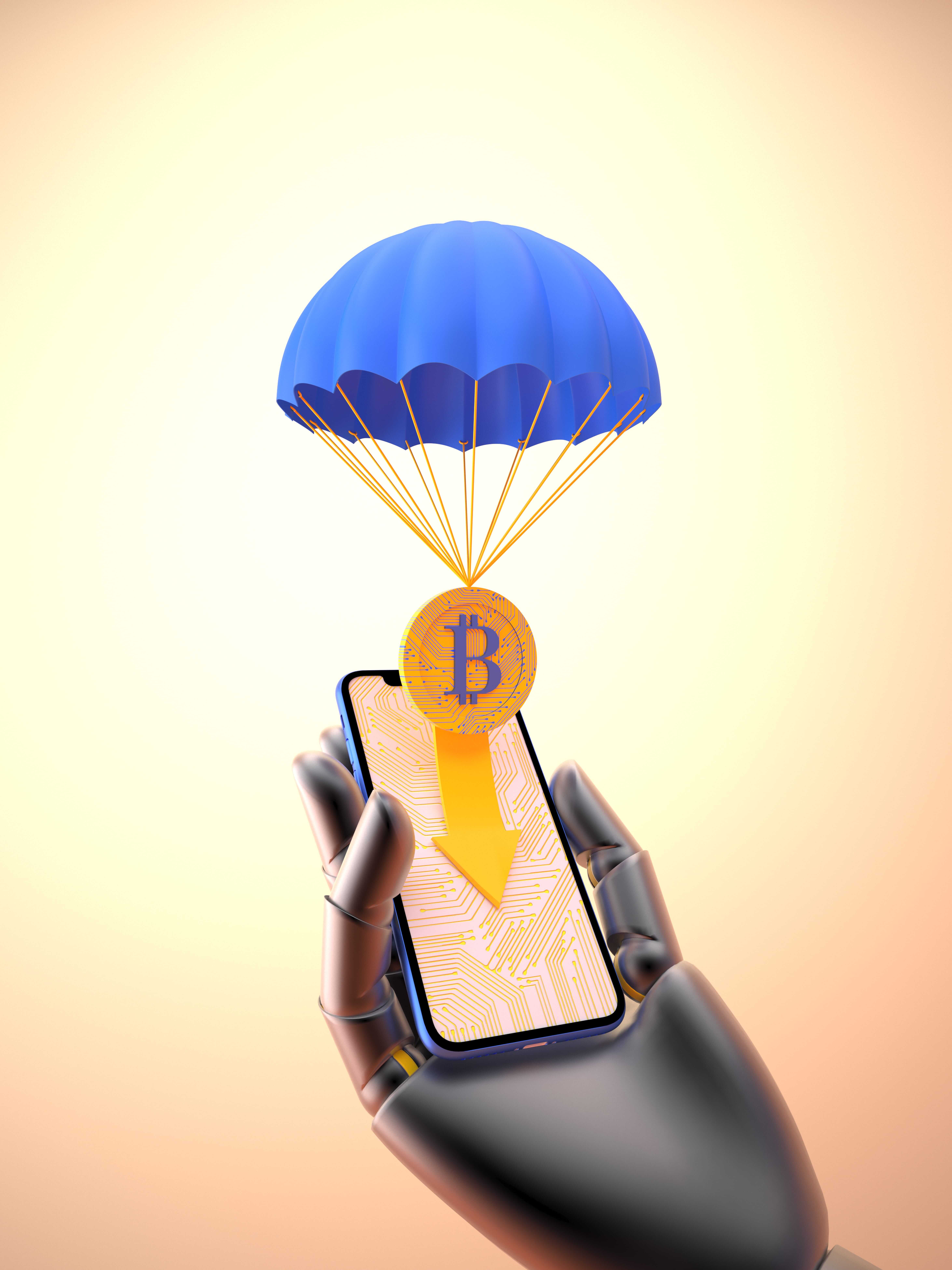Alternatives for the win as ETH transactions soar high




- Blog
- April 11, 2022
Alternatives for the win as ETH transactions soar high
Prices for “gas” (fees users pay to complete transactions) are approaching all-time highs as the Ethereum economy — a complex universe of DeFi protocols, NFT marketplaces, and other smart-contract apps — has exploded. As a result, “ETH killers” like Solana and Cardano are gaining popularity. Simultaneously, developers are working to expand capacity and reduce fees on the main Ethereum network, both through “layer 2” scaling solutions such as Polygon and Arbitrum (which allow users to conduct cheaper transactions that ultimately settle on the main Ethereum blockchain) and the continued rollout of ETH2.
- On a turbulent Monday morning, ETH flirted with all-time highs above $4,000 before plummeting roughly 25%. After a major upgrade called EIP-1559 went online in August, ETH had been surging. One of the upgrades’ outcomes? Every transaction “burns” some ETH, removing it from circulation indefinitely.
- When network traffic is high, more ETH might be burned than issued. This happened for the first time this week, thanks to a boom in NFT interest. The overall supply of ETH could actually shrink over a period of time at present rates, potentially raising prices if demand continues to rise.
- Over 240,000 ETH worth roughly $850 million have been burnt as of Wednesday. OpenSea, the largest NFT marketplace, is now in the lead for burning the most ETH, with monthly transaction volumes exceeding $3 billion in August 2021.
- Right now, ETH fees are skyrocketing, but there are options on the horizon. Arbitrum, a layer 2 scaling solution that can manage a lot more ETH transactions for less money, recently launched a beta version. The idea has been incorporated by major DeFi initiatives such as Uniswap and Aave. Polygon, a layer 2 solution with almost 60 million active addresses, is another option.
- In recent months, newer smart-contract compatible platforms such as Cardano and Solana have witnessed significant price increases, owing to the allure of cheaper fees and speedier transactions.
- Solana already runs several DeFi and NFT applications, with a total value locked (money placed in protocols) of over $7 billion. Cardano, on the other hand, has yet to implement smart contracts on its main network and has recently suffered technical issues during testing.
As crypto grows in popularity, a range of technology options will be necessary to make transactions quick, simple, and economical. Layer 2 solutions and alternative blockchains like Solana are already proving to be significant challengers. Which one will serve the most users in the long run? If this is correct, only time will tell.

